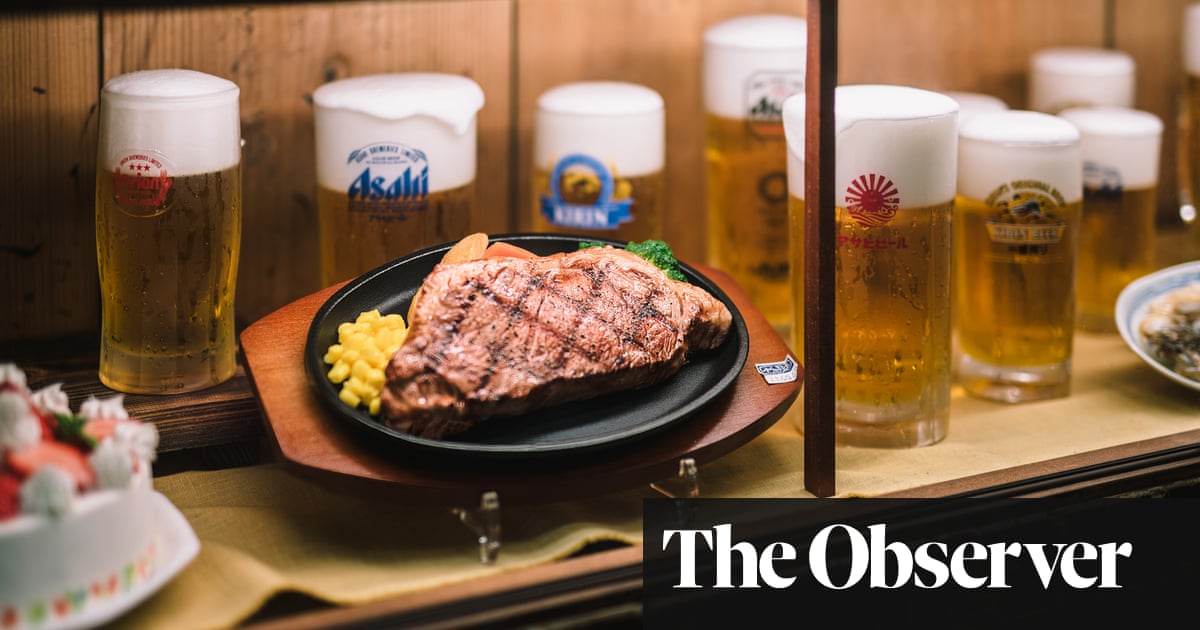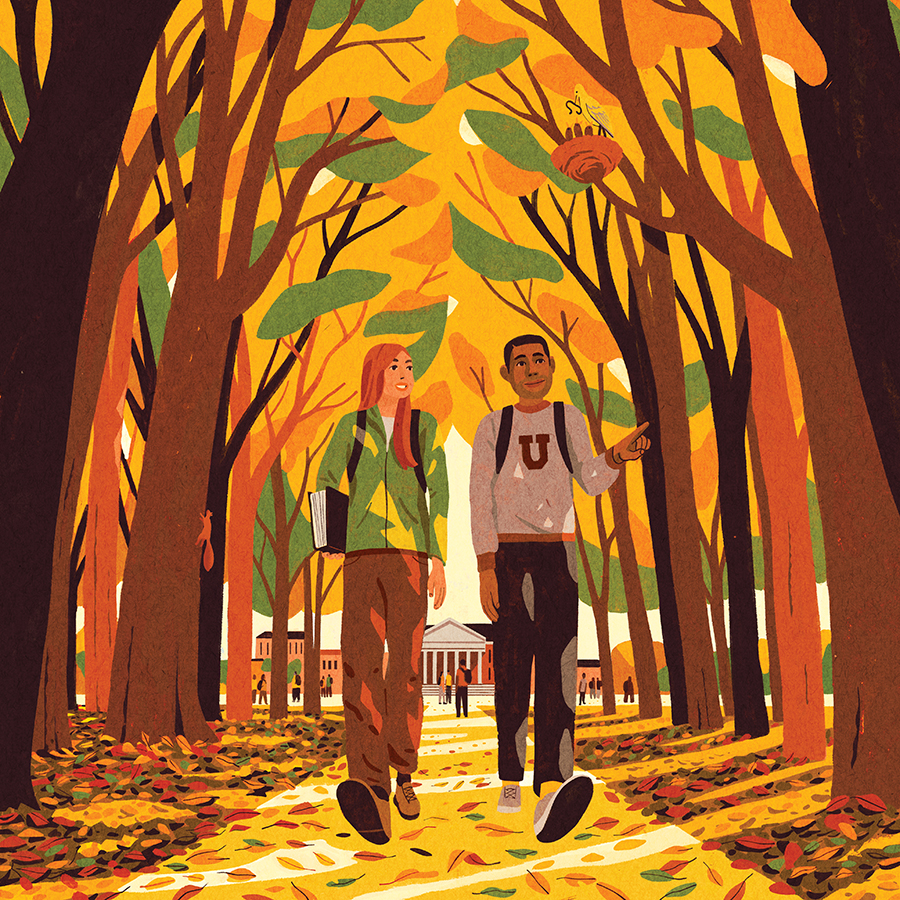Fake Food: A Hyperrealistic Japanese Artform on Display in London

A silver-stripe round herring, a delicate fish with a shimmering metallic band, is a local delicacy in Kagoshima, Japan. Known as *kibinago
sashimi, these tiny, shiny fish are served coiled like chainmail on a plate, offering a taste of the region's fresh catch. But for those who can't make it to Kagoshima's warm waters, a unique opportunity awaits in Kensington, London.
From October, a special display of *kibinago
sashimi, and many other culinary delights, will be presented at Japan House, a cultural centre dedicated to showcasing the best of Japanese arts and culture. This exhibition, titled "Looks Delicious!", marks the UK's first ever showcase of *sampuru*, the hyperrealistic food replicas that grace the streets of Japan, replacing traditional printed menus.
Simon Wright, Director of Programming at Japan House, highlights the uniqueness of this exhibition. "Anyone who has been to Japan will have seen food replicas outside restaurants and undoubtedly been intrigued; they're not found anywhere else in the world," he says. "The chance to see them outside Japan is rare: there hasn't been an exhibition like this before in the UK â and likely not even one curated in this way in Japan."
The art of *sampuru
can be traced back to the 1930s, when Takizo Iwasaki, a businessman from Gifu prefecture, began crafting wax replicas for restaurants serving Western-inspired dishes (*yÅshoku*), unfamiliar to many Japanese diners at the time. Iwasaki's innovative idea of using replicas to showcase dishes proved successful, and his business remains a major player in the *sampuru* industry today.
His first creation was a rice-stuffed omelette, a dish that quickly became popular amongst department stores and restaurants. Though nowadays primarily crafted from PVC, these food models, known as "food samples" in English, continue to serve the same purpose as menus in other cultures, showcasing the dishes available.
In Tokyo's bustling Kappabashi Dogugai Street, also known as "Kitchen Town", workshops produce *sampuru
for the city's numerous restaurants. While creating decorative fruit, vegetables, and other foodstuffs is not unique to Japan, *sampuru* is an art form. As Wright explains, these replicas are meticulously handcrafted using moulds crafted from the different elements of each dish. "The work is remarkably unmechanised, and pieces are made individually to order."
Sam Thorne, Director General at Japan House, adds another dimension to the appeal of *sampuru*. "They are strange and exciting because they're a kind of hyperrealistic sculpture in miniature â *trompe l'oeil
trickery in three dimensions," he notes. "One curious aspect is that when you watch people crafting them, as captured so wonderfully in Wim Wenders's 1985 documentary *Tokyo-Ga*, you notice that the process is a lot like cooking: individual ingredients are sliced, combined, arranged, and plated."
Ayumi Kuwata, who runs the Smile Labo workshop in Canterbury, where visitors can experience the joy of creating miniature food, further emphasizes the uniqueness of *sampuru*. Having trained in Japan, Kuwata explains that her skills and materials differ significantly from those of *sampuru
craftspeople.
"You don't see food samples outside of Japan because they're so expensive, and the skilled professionals only exist in Japan," she says.
The cost of top-quality *sampuru
is indeed high, with most Japanese stores opting to rent rather than buy. While a souvenir bowl of onion gratin soup could be purchased for around £100 at the Iwasaki company's Ganso store, a restaurant display piece could cost thousands.
For "Looks Delicious!", Iwasaki has been commissioned to create 47 *sampuru*, one for each of Japan's prefectures, showcasing regional specialties and providing a cultural history of Japanese cuisine. From *goya chanpuru*, a bitter melon stir-fry from Okinawa, to fresh seafood from Hokkaido, the exhibition offers a glimpse into the diverse culinary landscape of Japan. The show also sheds light on the role of food models in nutritional education within Japan.
Wright, who holds a particular fondness for these *sampuru*, explains, "My favourite is the collection of models which illustrate the ingredients required to make a daily balanced diet for someone with diabetes and show the amount of salt, fat, or sugar found in some popularly eaten foods."
Jake Hobson, who runs Niwaki, a shop importing gardening and kitchen equipment from Japan to the UK, utilizes *sampuru
for his kitchenware displays. Hobson, who lived in Japan in the 1990s, first as a sculptor and later as a gardener, was captivated by the craftsmanship of these food replicas.
"Though food samples are commonplace, they are also beautiful and handcrafted, and these works deserve a showcase," he says. "You can be snotty about whether something is art or a craft â but someone has sat and created these *sampuru
by hand."
Hobson believes this niche skill embodies the essence of Japanese craft: "They have this ability to create something which improves on the original. It happens in gardening, my field, where you try to improve the look of a tree or a plant. You see it with manga or anime. They're trying to make something better on their terms â the amazing details in *sampuru
are part of that."
Wright concludes by highlighting the commercial and cultural significance of *sampuru*. "Attention to detail, superb craftsmanship, pride in precision-making â these are all tropes about manufacturing in Japan," he observes. "They are no less applicable to the manufacture of food replicas. *Sampuru
often appear more appealingly real than the real thing. The replicas themselves can become the aspiration."
This exhibition offers a unique opportunity to delve into the world of *sampuru*, a testament to Japanese artistry and dedication to precision, showcasing the intricate details and artistic expression within this seemingly simple art form.





